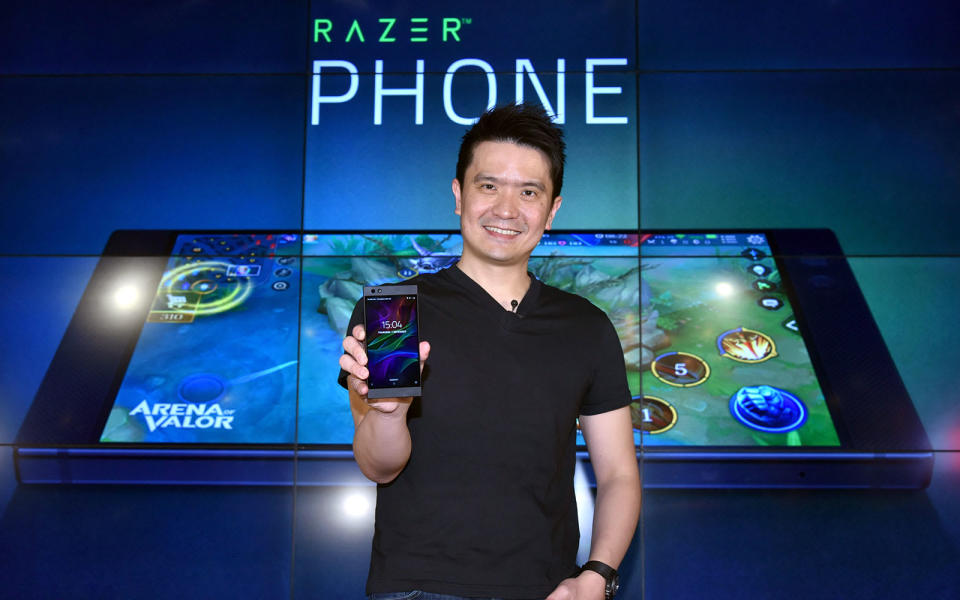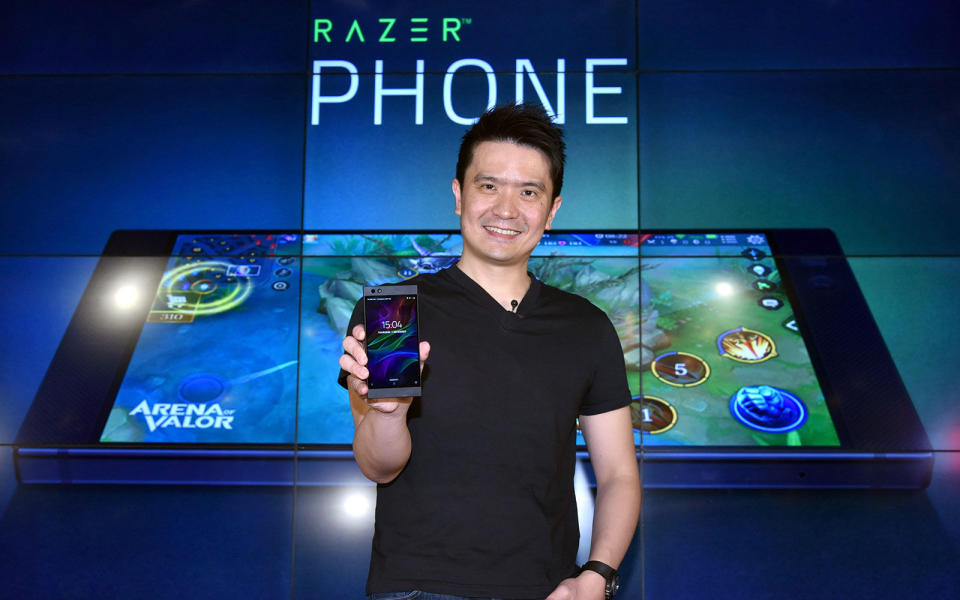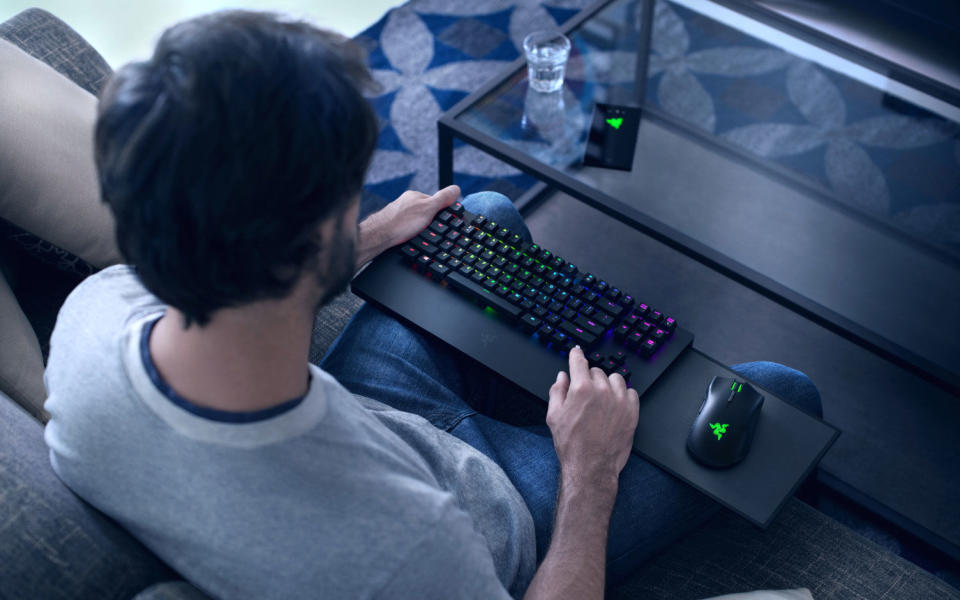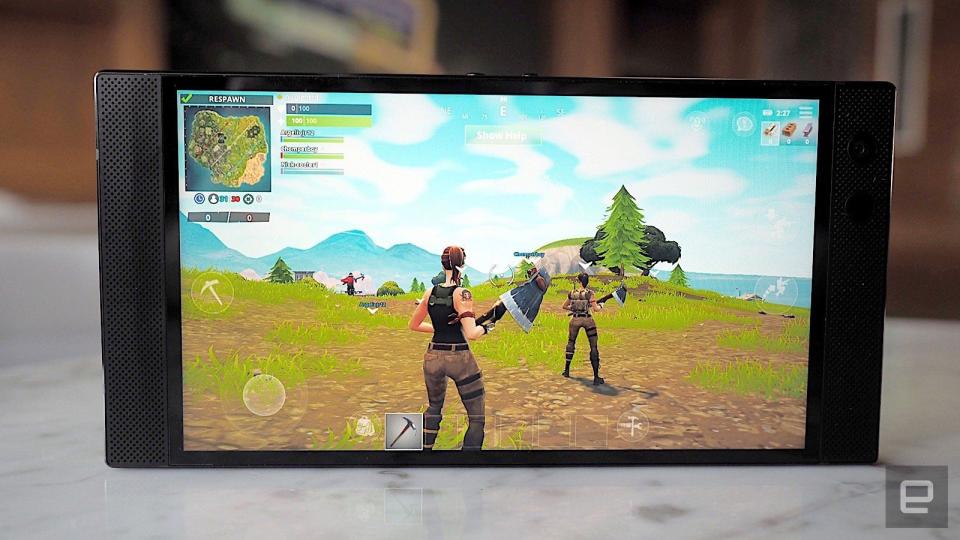Razer says software, not hardware, is holding back mobile gaming
CEO Min-Liang Tan has pressed pause on phones, for now.
In between launching a range of outlandish pink products and affordable accessories so far this year, Razer made the surprising move of abandoning its online game store and mobile team. The latter, in particular, is an awkward move after two generations of Razer Phones, while the likes of ASUS, Xiaomi, Nubia and Vivo are capitalizing on the rapidly growing mobile gaming market. Never one to admit defeat, CEO Min-Liang Tan said this was just part of his company's evolving mobile gaming strategy, with its focus shifted to software as the industry transitions to 5G.
During its earnings call last week, Razer announced that it's collaborating with Tencent, the Chinese publisher involved in PUBG Mobile, Arena of Valor and Fortnite, on optimizing the mobile gaming experience across hardware, software and services. In an interview with Engadget, Tan elaborated on this by pointing out how today's mobile gaming experience is hampered by I/O "hacks" -- namely support for keyboard and mouse, as well as button-mapping features that let users tap parts of the screen, mid-frame or even backside as extra buttons.
Despite the competitors packaging these features as selling points, Tan said these "hacks" give a bad experience in pro-level games that were never built for those input methods. This would turn enthusiastic gamers away.
"I mean, try playing a keyboard-and-mouse game with a controller, you're gonna really hate it." As an example, the exec said some controller-based games do "crosshair snapping" -- a feature that snaps your aim at target subjects -- to make up for "the lack of resolution on the controllers," whereas keyboard-and-mouse games don't have that and may therefore frustrate those who plug in a controller.
On the other hand, Tan admitted that a lot of players in China do use keyboard and mouse to boost their performance in PUBG Mobile, so there's certainly a demand for these "hacks," but it's just that the quality of experience varies. And let's not forget that Razer also has its own Android phone gaming controller, the Raiju Mobile.

To solve this inconsistency, Razer is working with game developers -- now including Tencent's portfolio -- to standardize an I/O platform with a benchmark, and then help them rebuild games "from ground up" with native integration of said platform. Tan didn't comment on what type of products may come out of this, but this will likely see more content optimized for the Raiju Mobile plus future Razer mobile accessories.
Tan likened this initiative to how Razer opened Chroma up to third parties, thus getting the likes of MSI, Lian Li, Thermaltake, Philips and more to adopt this feature for some matching RGB action -- with Apex Legends being the latest major game to support this.
The standardization won't be limited to just I/O, as Tan also wants more mobile games offer uncapped frame rates to take advantage of faster displays -- namely the 120Hz LCD on both Razer Phones. For this year, the exec predicts a wider adoption of 120Hz display refresh rate -- and possibly even on OLED panels -- amongst gaming smartphones. "Once you go 120Hz, it's hard to go back," Tan said.
Razer's ambition to revolutionize mobile gaming standards doesn't change the fact that it's scaled back on its own smartphone development. With last month's job cuts, the future is uncertain for the Razer Phone line, and Tan donned his usual PR hat to dodge questions about his company's next smartphone, if any. But as far as the CEO was concerned, the Razer Phones "have done phenomenally well," and that the product line "has delivered whatever we wanted it to deliver."
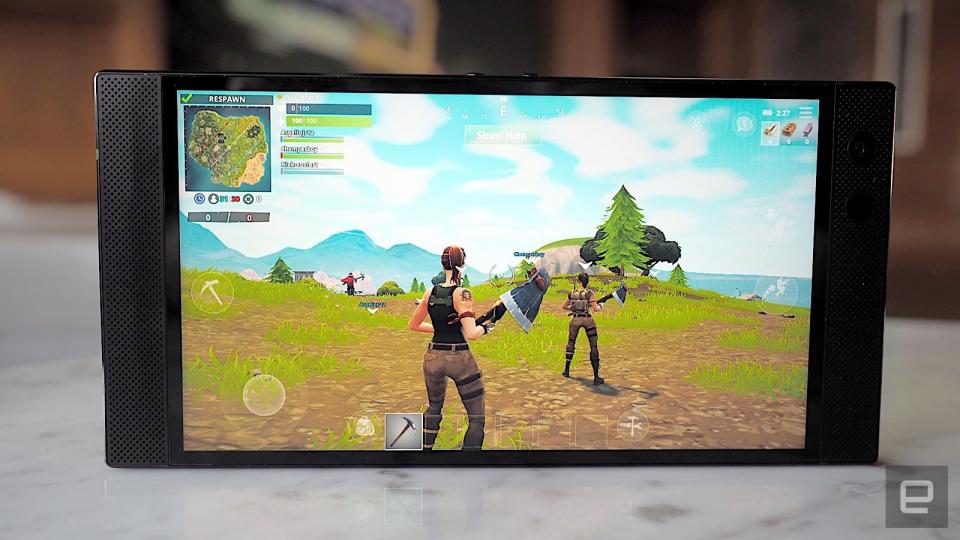
Tan added that Razer still has the capability to make a smartphone, mainly thanks to its "pretty large" engineering team. However, he warned that as the industry is going through an awkward transition towards 5G, it's a chicken-and-egg situation for both consumers and phone makers. "If I buy a phone this year as a gamer, I want to buy a 5G phone, but if I buy a 5G phone, there's no network to use it on." So maybe no new Razer Phone any time soon, then.
For Tan, the appeal of beefier 5G connectivity is more about how it accelerates the convergence of gaming on PC, console and mobile, as the role of I/O peripherals becomes more important, while the client devices' role is reduced to handling streaming -- something that Google's Stadia is taking a stab at.
But no matter how Tan spins it, his downplay of a new Razer Phone will disappoint fans. At the end of the day, Razer did release two great phones for gamers, yet it's now saying there are fundamental issues in the mobile gaming experience. It's as if, no matter what hardware the company puts in a new phone, the same problems would exist because of the software. Razer's newfound mission to fix these issues may succeed -- hopefully by the time it does, 5G will be everywhere, and that's when we'll see the "Razer Phone 3."

